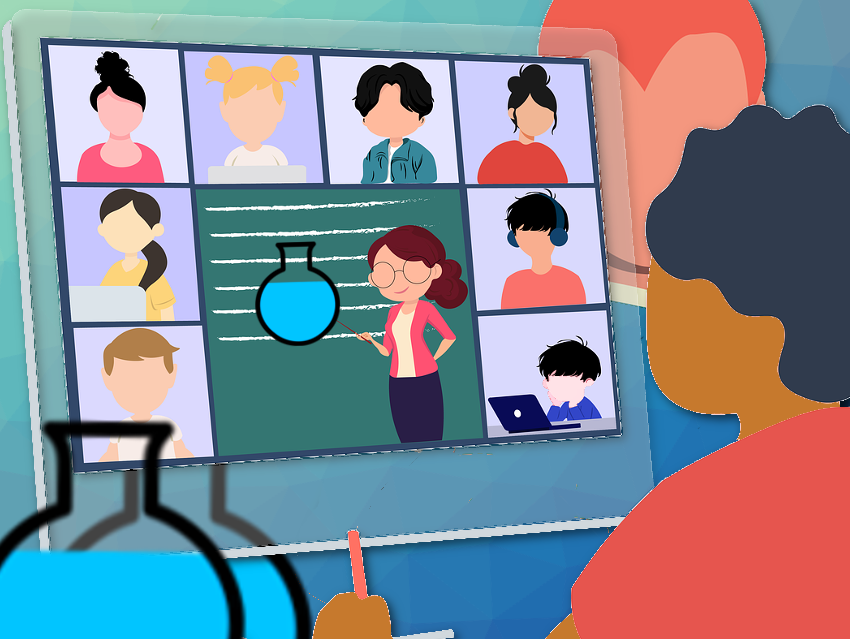Despite an abundance of electronic options such as apps and explainer videos, chemistry classes often fail to exploit the potential of digital media. The preparation effort required to produce videos and content on one’s own may be too great, and the search for media that are suitable for a particular use can be very time-consuming. If teachers could draw on digital teaching materials that have already been compiled and adapted to the curricula, these hurdles become smaller, according to Soraya Cornelius, Nagold, Germany, and Claudia Bohrmann-Linde, University of Wuppertal, Germany.
They believe that e-books can do this. Unlike digital textbooks, which are often simply pdf versions of their print counterparts, e-books can include informational text, instructions for experiments, editable text boxes, photos, graphs, drawings, pictograms, learning apps, explainer videos, audio recordings, QR codes, augmented reality elements, interactive diagrams, and links. An interactive e-book can link many uses of digital media, without any disruption between the different types of media.
For example, students could conduct experiments guided by an e-book and document them on video. This way, young people also gain digital skills: They learn how to create a technically clean video with defined focus and framing, as well as good lighting, and how to edit video and add suitable audio. In addition, these learning methods take into account different learning types, for example, the auditory, the visual, the haptic, or the cognitive-intellectual type, and can enable learning at different levels.
- Digitalisierung: Mit einem E-Book in die organische Chemie starten,
Soraya Cornelius, Claudia Bohrmann-Linde,
Nachr. Chem. 2022.
https://doi.org/10.1002/nadc.20224117593




